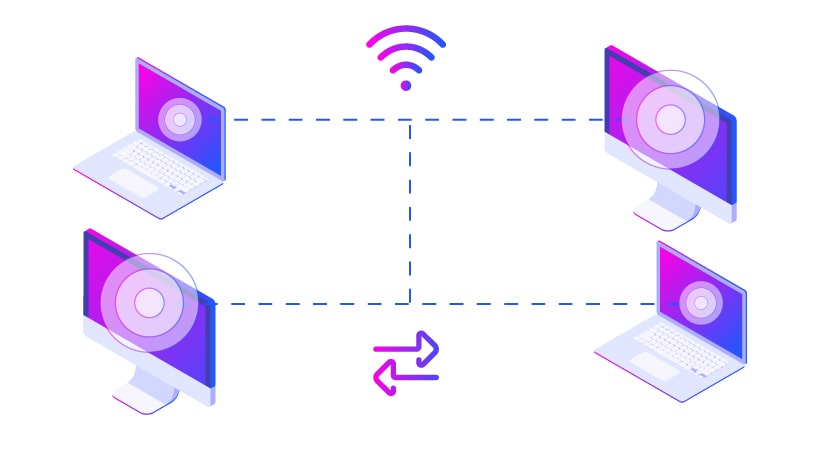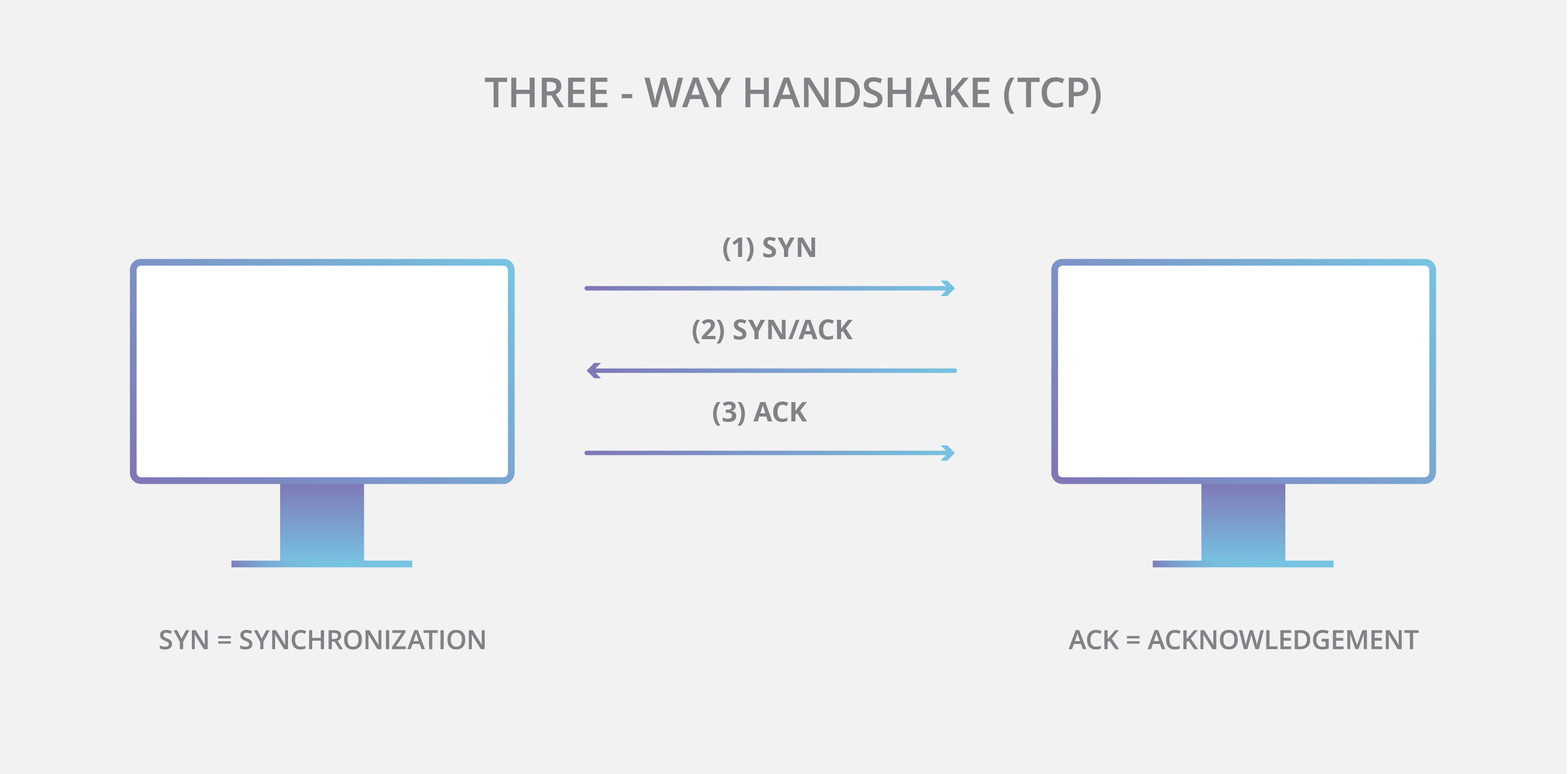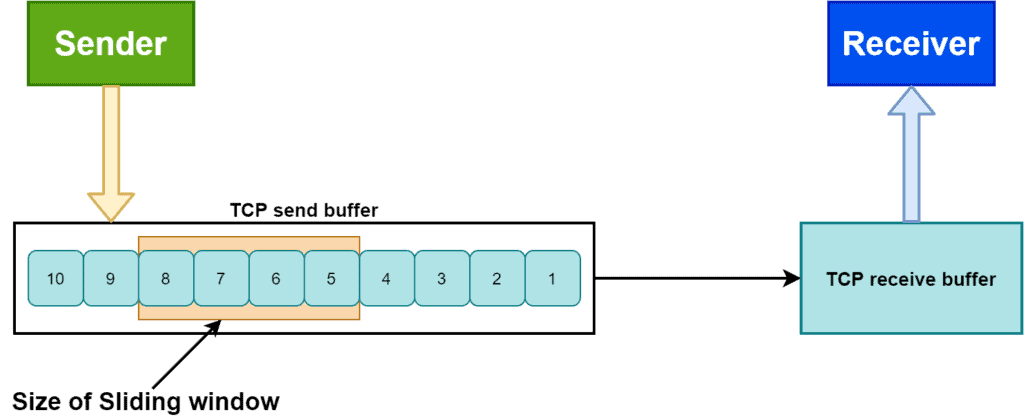What Is TCP and How Does It Work?
 Reza Bahmani
Reza Bahmani
In the world of computer networks, sending data from one device to another requires a reliable system to ensure smooth and accurate transmission. That’s where TCP comes in.
Short for "Transmission Control Protocol," TCP is one of the core protocols in the transport layer of the OSI and TCP/IP models. It is designed to transmit data between devices, such as a client and a server, while ensuring reliability, order, and efficiency.
In this article, we’ll explore how TCP works and why it plays such a crucial role in networking.
What is OSI?
Before diving into TCP, let’s briefly explain OSI since it was mentioned in the introduction.
The OSI model is a conceptual framework that helps us understand how networks function. TCP plays a key role within this model-particularly in the internet. Simply put, OSI provides a structured way to describe networking processes.
How Does TCP Work?
Imagine TCP as a highly organized delivery service responsible for ensuring that packages reach their destination correctly and in order. Before data transmission begins, TCP follows a structured process:
1. Three-Way Handshake
Before sending any data, TCP establishes a reliable connection through a process known as the three-way handshake. This ensures that the client and server are properly linked.

Client: "I want to connect" (SYN)
Server: "Acknowledged, I'm ready" (SYN-ACK)
Client: "Great, let’s proceed" (ACK)
Once the connection is established, data transmission can begin.
2. Segmentation and Sequencing
Since data can be quite large, TCP breaks it into smaller units called packets, each assigned a unique sequence number. This allows the receiver to reassemble them in the correct order.
For example, if the message is “Hello world!”, TCP might split it as follows:
Packet 1: “Hello”
Packet 2: “World!”
The receiver then reconstructs the original message correctly.
3. Data Transfer and Acknowledgment
TCP ensures that each packet reaches its destination by waiting for an acknowledgment (ACK) from the receiver.
If the receiver confirms receipt with an ACK, the sender proceeds with the next packet.
If no ACK is received, TCP assumes the packet was lost and retransmits it.
This mechanism guarantees reliable data transmission.
4. Flow Control
If the sender transmits data faster than the receiver can process, congestion may occur. TCP manages this through a method called "Sliding Window," which adjusts the sending rate based on the receiver’s capacity.

For example, the receiver might indicate, “I can handle four packets at a time.” Once processed, it signals the sender to transmit the next set.
5. Congestion Control
When network traffic increases, TCP detects congestion and adjusts the transmission rate to prevent data loss. It employs algorithms like "Slow Start" and "Congestion Avoidance" to regulate the flow:
If network conditions allow, TCP increases the transmission speed.
If congestion is detected, it slows down to prevent excessive packet loss.
6. Connection Termination
Once data transmission is complete, TCP properly closes the connection using a four-step process:
Client sends a FIN: "I have finished sending data."
Server sends an ACK: "Acknowledged."
Server sends a FIN: "I am done as well."
Client sends a final ACK: "Confirmed, closing the connection."
At this point, the connection is successfully terminated.
TCP vs. UDP
Now that we understand TCP and its reliability, let’s compare it with UDP.
UDP (User Datagram Protocol) prioritizes speed over reliability. Unlike TCP, it does not ensure that all packets arrive or arrive in order. If a packet is lost, UDP does not attempt retransmission.
While TCP is ideal for applications that require precision, such as web browsing and file transfers, UDP is preferred for time-sensitive applications like video streaming, online calls, and gaming, where occasional data loss is acceptable for the sake of speed.
Conclusion
In this article, we covered the fundamentals of TCP, its working principles, and a comparison with UDP. Some related topics that were not covered but are worth exploring include:
TCP/IP layers
The OSI model in more detail
How TCP compares to other transport protocols like SCTP
Real-world applications of TCP, such as socket programming
Thank you for reading! If you have any feedback or suggestions, feel free to share.
Subscribe to my newsletter
Read articles from Reza Bahmani directly inside your inbox. Subscribe to the newsletter, and don't miss out.
Written by
